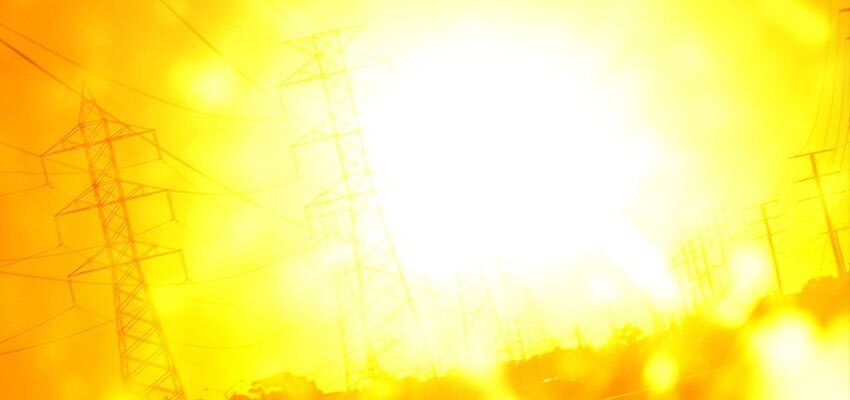Buenos Aires power supply splitting at the seams
Faulty cables and transformers are just a visible part of a complex web of problems within the energy sector in Buenos Aires, Argentina.

e1e1ad60f07c4aa3ccbcb2973e9d7007
Faulty cables and transformers are just a visible part of a complex web of problems within the energy sector in Buenos Aires, Argentina.
The heat problem which is repeated every year encourages the energy consumption while the system operates on the brink of destruction.
The electrical system has three main parts : power generation, power transport and power distribution to deliver electricity to homes and businesses , with each part belonging to a distinct chain.
The generation system is now showing signs that imply the limitation of domestic supply if demand continues to rise.
Yesterday, the Wholesale Electricity Market Manager of Cammesa purchased electricity to meet domestic demand in Uruguay.
Power distribution is also affected by the heat every year. When the heat saturates wires and transformers in cities due to high demand, the outages happen in different areas. When the problem is concentrated in a substation, an entire neighborhood is usually without power.
When power outages occur, the Ministry of Planning accuses the distributors of not investing enough to prevent the outages. On the other hand, the companies respond they have no resources to provide high quality service because of frozen rates and must rely on subsidies instead.
Edenor , the country’s largest distributor ‘s quarterly financial reports show deficits and the company must constantly negotiate with the government to generate alternative income sources to cover their losses.
In addition to distributor subsidies, the government also allocates billions of pesos to import fuel because of the internal deficit.
According to the statistics of the Argentina Budget Association (ASAP ) between January and October, the Treasury spent about 64,993.5 billion pesos in energy subsidies , 65% higher than a year ago.
Source: La Nacion Digital
#Buenos Aires Edenor subsidies#Buenos Aires faulty transformers#Buenos Aires high power consumption#Buenos Aires power supply#distribution companies subsidies Argentina




